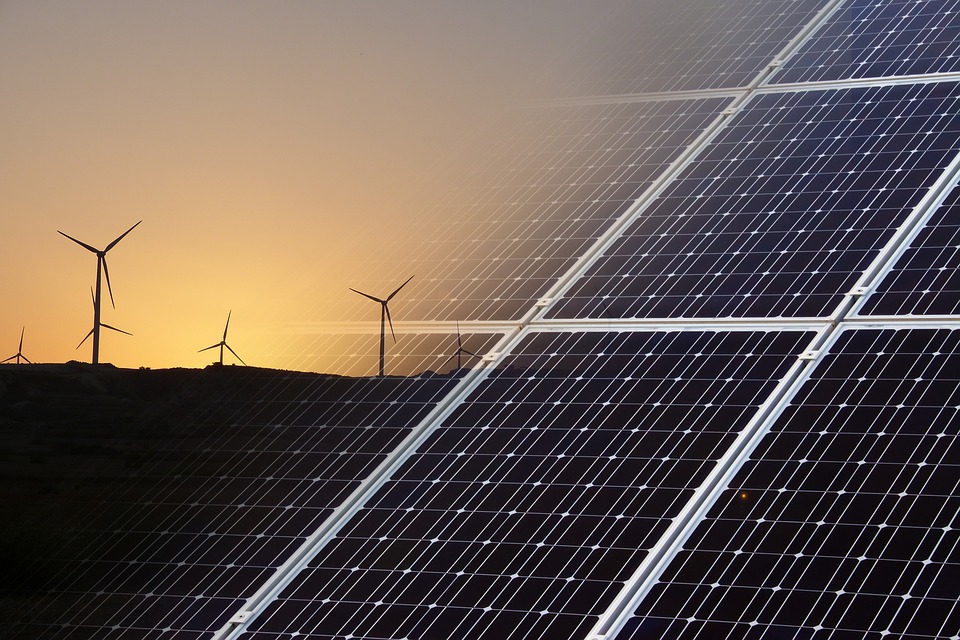New York Expands Clean Energy Standard to Decarbonize Power Sector

The New York Public Service Commission adopted modifications to the state’s Clean Energy Standard to achieve the state’s goal of sourcing 70 percent of its electricity from renewable energy by 2030 under the 2019 Climate Leadership and Community Protection Act. Achieving the goal is foundational to set the state on a path to carbon free power by 2040. The order implements the requirements under the law, which directed the commission establish a program to increase the use of renewable energy from 50 percent to 70 percent by 2030 and offshore wind from 2.4 gigawatts by 2030 to 9 gigawatts by 2035.
The order provides definitions for renewable energy technology eligibility and levels needed to meet the state’s goals. The expanded standard identifies annual procurement targets for the Tier 1 large-scale renewable energy program, recommends changes to the existing procurement processes, and establishes a new methodology for extending facilities that undergo repowering. Tier 1 refers to renewable energy credits associated with new renewable energy resources.
A new competitive five-year Tier 2 program will be implemented to preserve existing renewable baseline generation to support the 2030 goal. Further, the order creates a Tier 4 large-scale renewable program to value environmental attributes associated with renewable energy delivered into New York City in addition to annual Tier 1 procurement goals.
The changes also provide for approaches to ensure that the renewable energy programs benefit disadvantaged communities, including low to moderate income customers, and build upon the law’s upon workforce development policies, including prevailing wage requirements.
The modifications follow a whitepaper issued in June that put forth an expanded Clean Energy Standard, using existing regulatory and procurement structures and adopting policy changes to align with the requirements of the law.
The order also adopts the initial load forecasts and procurement targets proposed detailed in the whitepaper, which forecasts statewide electric load in 2030 to be 151,678 gigawatt-hours (GWh), including 10,334 GWh of additional load associated with demand from air-and ground-source heat pumps, about 9,048 GWh linked to electric vehicles, about 40,865 GWh of demand reduction from energy efficiency.
The paper proposes to use a 2030 load projection of 151,678 GWh as the initial basis for devising procurement targets. An estimated 106,174 GWh of renewable electricity must be operating in 2030 to meet the target. Of that, 63,317 GWh are met annually by projects in operation, under contract, or determined by statute in the case of distributed solar.
Therefore, an additional 42,858 GWh of renewable energy must be deployed through the offshore wind and renewable energy standards collectively. The report proposes an offshore wind procurement schedule of just under one gigawatt annually through 2027 to meet the 2035 target.
EnerKnol Pulses like this one are powered by the EnerKnol Platform—the first comprehensive database for real-time energy policy tracking. Sign up for a free trial below for access to key regulatory data and deep industry insights across the energy spectrum.
ACCESS FREE TRIAL